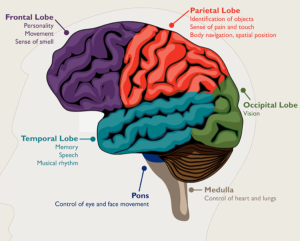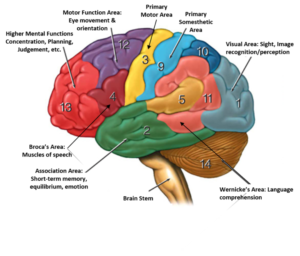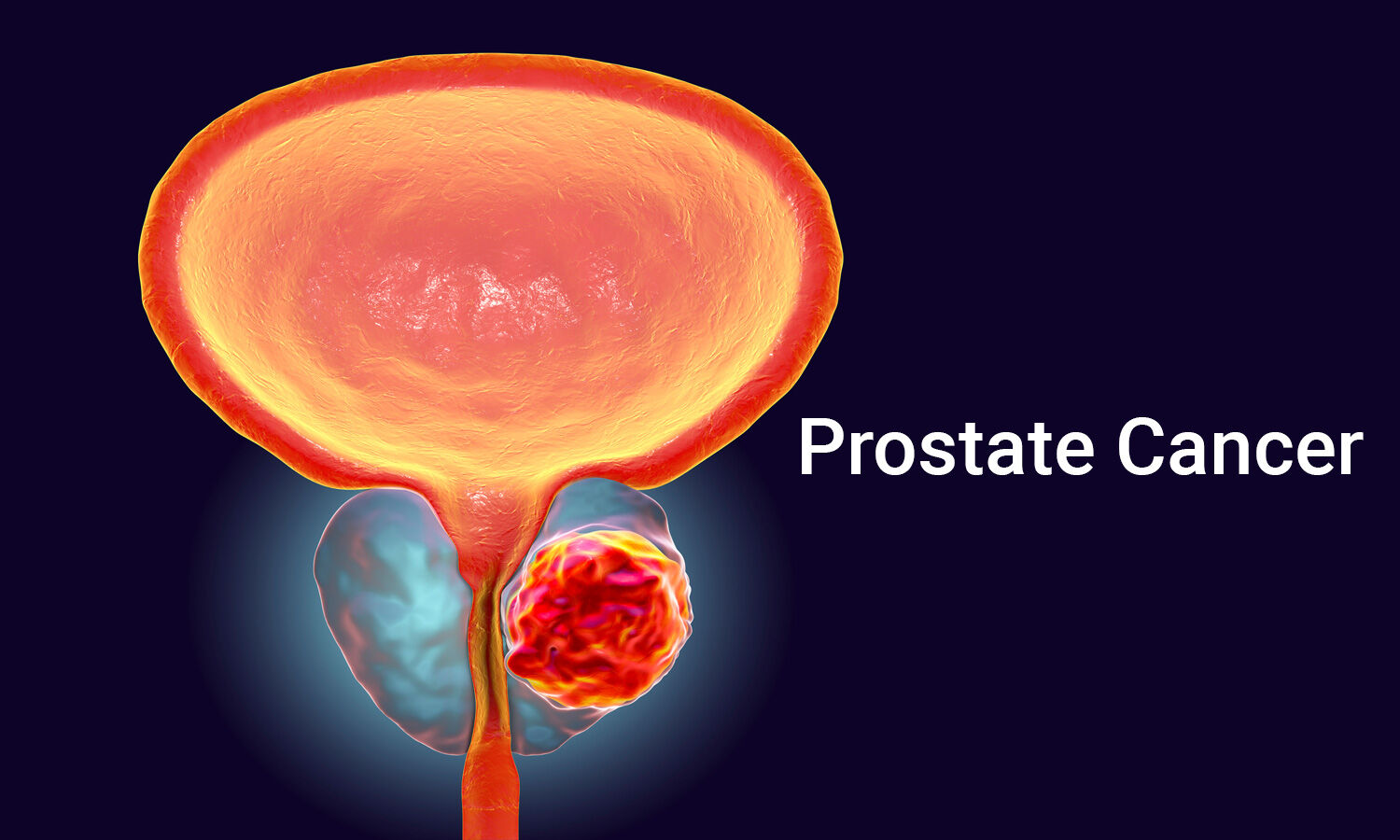Vision Loss in Brain Tumors: Causes, Symptoms & Treatment
Vision loss can be one of the most distressing symptoms of a brain tumor, affecting not just physical abilities but also emotional well-being and quality of life. In many cases, it is one of the earliest signs of an underlying brain lesion. This article examines the impact of brain tumors on vision loss, including common symptoms, diagnostic tools, and available treatments.
How Brain Tumors Cause Vision Loss?

The visual system is deeply connected to various brain structures, including the optic nerves, optic chiasm, and visual cortex. When a brain tumor develops in or near these areas, it can disrupt the flow of visual information from the eyes to the brain. The three primary mechanisms include
1. Compression of the Optic Pathways
Tumors near the optic nerves, chiasm, or visual cortex can compress these structures, resulting in
- Peripheral vision loss (scotomas)
- Central vision loss (central scotomas)
- In severe cases, complete blindness.
2. Increased Intracranial Pressure (ICP)
Tumors that cause swelling or obstruct the flow of cerebrospinal fluid (CSF) can raise ICP. This pressure can compress the optic nerve, resulting in:
- Papilledema (optic disc swelling)
- Gradual, potentially irreversible vision loss if untreated
3. Infiltration of Visual Pathways
Infiltrative tumors such as gliomas can directly damage visual pathways, resulting in:
- Blurry or double vision (diplopia).
- Difficulty perceiving color and contrast
- Issues with depth perception and visual confusion
Common Vision Problems Linked to Brain Tumors
In addition to the patient’s preexisting vision, the location, size, and type of the tumor all affect the symptoms of vision loss. Here are some common symptoms of brain tumors:
| Symptom | Description |
| Visual Field Defects | Central vision loss, tunnel vision, or blind spots |
| Blurred Vision | Sharpness loss as a result of interrupted signal transmission |
| Diplopia (double vision) | caused by problems controlling eye movement or compression of the cranial nerve |
| Photopsia | Visual flickering or flashes of light due to cortical irritation |
| Lack of Color Vision | Reduced ability to differentiate colors or subtle differences in saturation |
Diagnostic Tests for Vision Loss in Brain Tumor Patients

To diagnose the condition, a multidisciplinary team that includes neurologists, neurosurgeons, ophthalmologists, and neuro-ophthalmologists works together. The following are typical tests:
- Visual Acuity Testing: Uses eye charts such as Snellen or Log MAR to measure visual clarity.
- Visual Field Testing (Perimetry): Determines blind spots and field restrictions.
- Fundoscopy (ophthalmoscopy): Examines the optic disc for signs of papilledema or optic atrophy.
- Neuroimaging (MRI/CT): Confirms the tumor’s location, size, and effect on nearby visual structures.
- Visual Evoked Potential (VEP): A measure of electrical activity in the visual cortex in response to stimuli.
- Treatment Options for Vision Loss Caused by Brain Tumors
The management approach depends on the tumor type, its location, and the severity of visual impairment. The goal is to relieve pressure, preserve vision, and treat the tumor.
- Medical treatment: To improve vision, corticosteroids, such as dexamethasone, are frequently used to reduce brain swelling and relieve pressure on the optic nerves.
- Surgery: To cut down or remove the tumor, particularly if it is obstructing vision. For accurate outcomes, minimally invasive techniques such as endoscopic or stereotactic procedures are occasionally employed.
- Radiation therapy: When surgery is not an option, it targets tumor cells using an external beam or gamma knife. It helps control tumor growth and protect vision.
- Chemotherapy: used for aggressive or metastatic brain tumors. It can be delivered systemically or directly into the spinal fluid to reduce tumor burden and ease symptoms
- Supportive care, Such as low-vision aids, rehabilitation, and therapy, helps patients adapt to vision loss and maintain independence when full recovery isn’t possible.
Final Thoughts
Brain tumors cause vision loss, which can have a significant impact on daily functioning and quality of life. Early detection, prompt diagnosis, and a comprehensive treatment plan can help preserve vision and improve outcomes.
Many patients can maintain visual function and live fuller lives with multidisciplinary care and advanced imaging and surgical techniques, regardless of their diagnosis.
FAQs
How do brain tumors cause vision loss?
Brain tumors can cause vision loss by pressing on the optic nerves, optic chiasm, or visual cortex. They may also cause an increase in intracranial pressure or invade visual pathways, disrupting visual signal transmission.
What are the early signs of vision loss from a brain tumor?
Early symptoms may include blurred or double vision, loss of peripheral vision, blind spots, flashes of light, or trouble seeing colors. These signs may appear gradually and can be mistaken for common eye issues.
Can vision be restored after treating a brain tumor?
Vision may be partially or fully restored if the tumor is treated early, especially before permanent nerve damage occurs. However, in advanced cases, vision loss may be irreversible.
What tests help diagnose vision loss caused by brain tumors?
Tests include visual acuity exams, visual field testing, fundoscopy, MRI or CT scans, and visual evoked potential (VEP) testing to evaluate optic nerve and brain function.
What are the treatment options for brain tumor-related vision loss?
Treatment may involve corticosteroids to reduce swelling, surgery to remove the tumor, radiation therapy, chemotherapy, and supportive care such as low-vision aids and rehabilitation.






